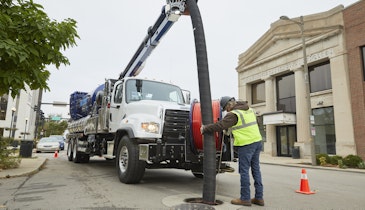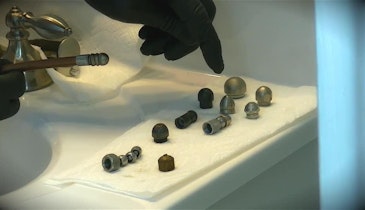Most plumbers I talk to have no idea how to properly price their service and repair work. They usually pretend to be customers and call other plumbers in their area, find out what they charge per hour (the going rate) and set their prices accordingly. If you are like those who think undercutting the going rate by $5 or $10 an hour will bring you more business, you’ll eventually realize that’s just the going-broke rate.
If you are basing your pricing on someone else’s hourly rate, ask yourself this: How did they come up with that number? Is it based on the actual costs of doing business or was the number just pulled out of a hat?
Even if your competitor was smart enough to sit down and accurately calculate a rate that turns a profit, is that number right for you?
Think about this: Let’s say the going rate in your area is set by a guy who works out of his house. He’s a one-man operation and works under the radar with no license or insurance, while you rent office space outside your home, pay someone to answer the phone, and are properly licensed and insured. But you still only charge his going rate. My question to you is: Who’s making more money?
Labor rate
The rule of thumb is that your labor rate should be five times the hourly wage of your highest paid tech. For instance, your highest paid field employee makes $25 an hour. Multiply that by five and your labor rate will be $125 an hour. That labor rate stays the same for all your revenue-producing employees even if they are paid a lower hourly wage.
To break that down, once you subtract that employee’s hourly wage, what’s left ($100) goes to pay for everything else. And I mean everything: trucks, insurance, rent, lights, water, office wages, office supplies, taxes, owner’s compensation, benefits … everything.
Charge for the helper
The one thing it does not pay for, and a lot of people miss this, is a helper’s wages. If you send a technician and a helper out on a job and bill the client the going rate of $125 per hour, you’re covering the technician’s wages and all the other overhead costs outlined above. You’re not, however, bringing in any additional revenue to cover the helper’s wages and associated overhead. We have never come up with a definitive multiplier for a helper’s wages, but at minimum you should charge double his wages to cover the cost of his hourly pay and the associated overhead.
Mark it up
The other area where most service plumbers don’t charge enough is in the markup for their materials. If you want to make money and be successful, you must mark up your materials correctly and base your labor rate on your own costs of being in business and not someone else’s. Otherwise you are no longer in control of running your business – the other guy is.





